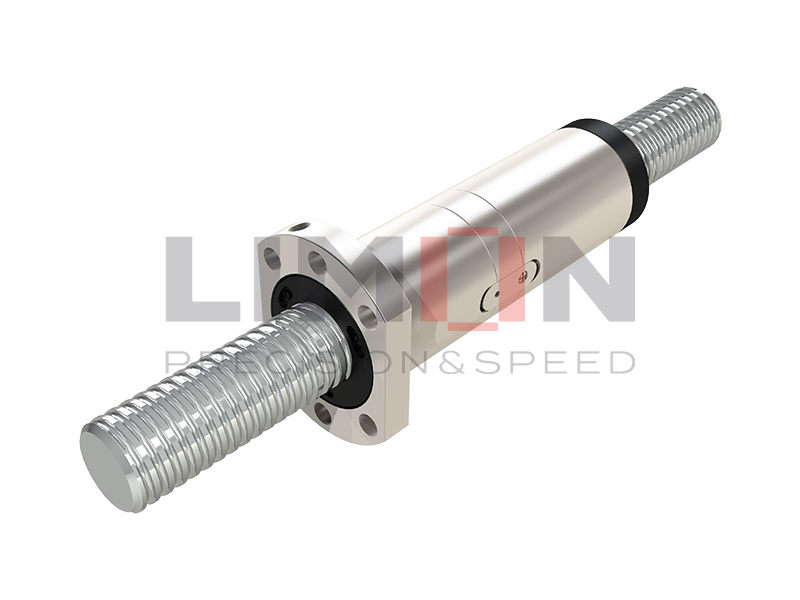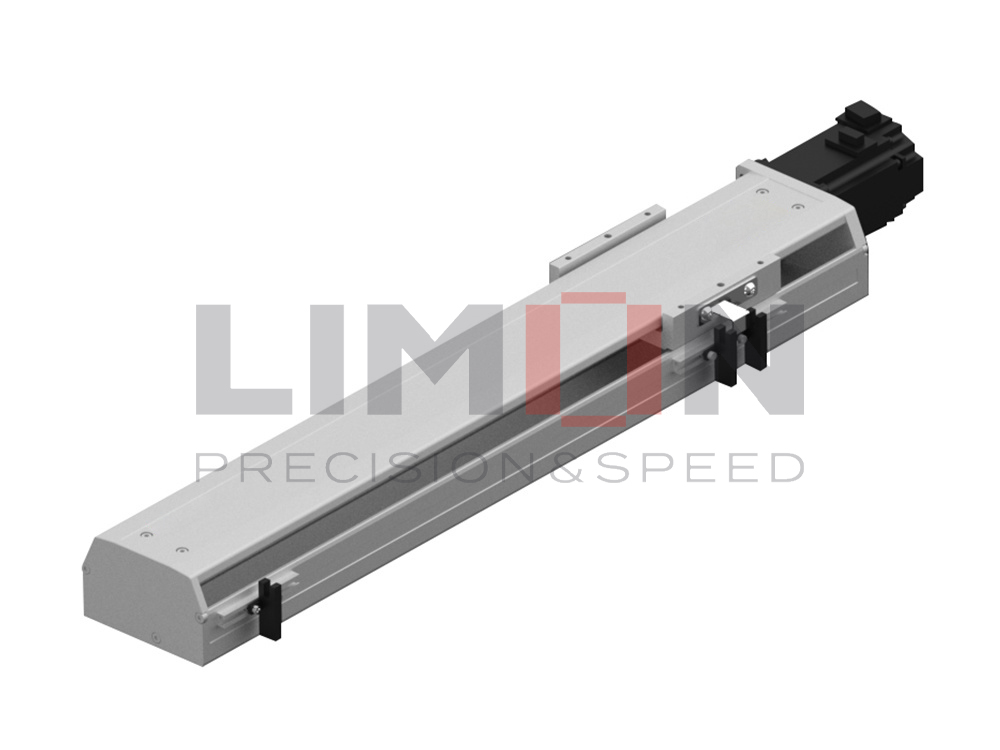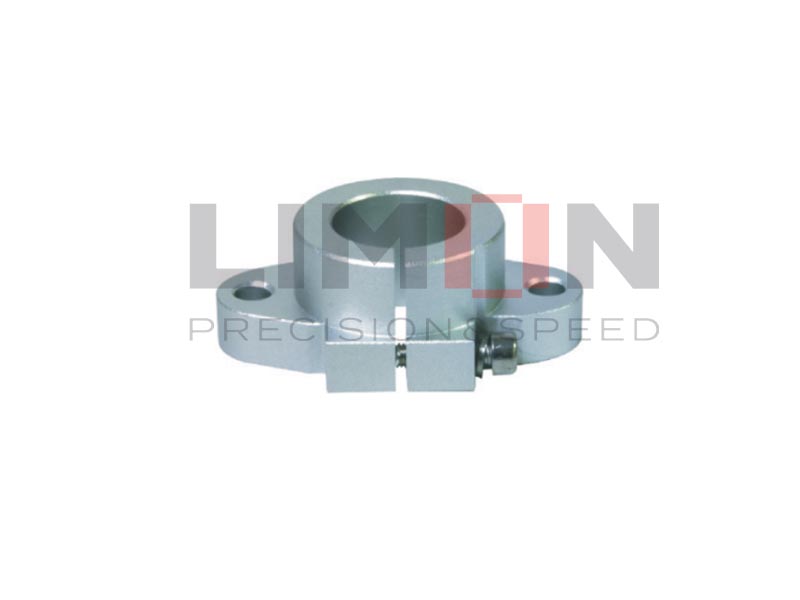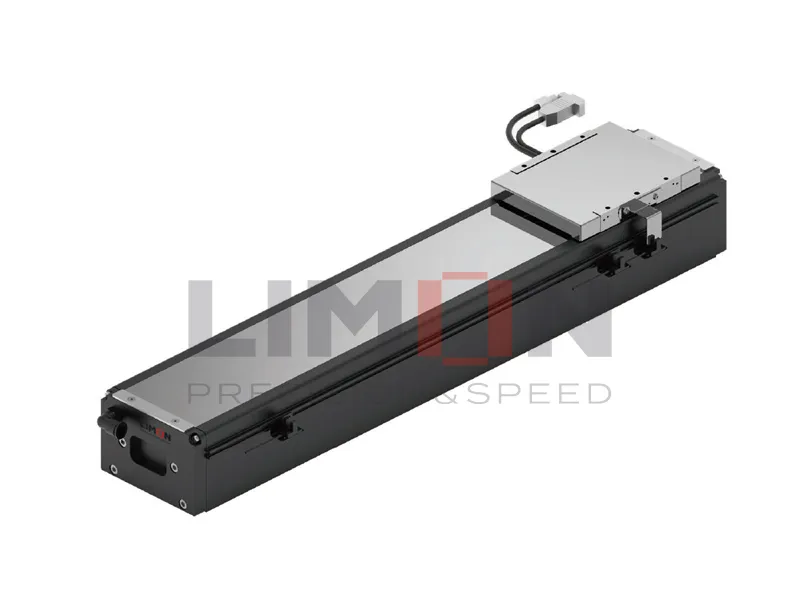1. Define Application Requirements:
a. Load Capacity: Determine the maximum load the ball screw will need to handle. This includes both static and dynamic loads. Ensure that the selected ball screw has a rated load capacity that comfortably accommodates the application’s requirements.
b. Speed and Acceleration: Assess the desired speed and acceleration for your application. Different ball screws have varying capabilities in terms of speed and acceleration, so choose one that meets or exceeds your system’s requirements.
c. Precision and Accuracy: Identify the level of precision and accuracy necessary for your application. High-precision applications, such as CNC machining or robotics, require ball screws with low backlash and high repeatability.
d. Environmental Factors: Consider the environmental conditions in which the ball screw will operate. Factors such as temperature, humidity, and exposure to contaminants can impact the choice of materials and coatings for the ball screw.
2. Ball Screw Types:
a. Ground vs. Rolled: Ground ball screws offer higher precision and reduced backlash but may come at a higher cost. Rolled ball screws are more cost-effective and suitable for applications with less stringent precision requirements.
b. Recirculating vs. End Deflector: Recirculating ball screws are the most common and suitable for most applications. End deflector ball screws, while less common, can be advantageous in environments with contaminants.
c. Nut Type: Choose between single nut and double nut configurations. Double nut designs provide increased load capacity and rigidity, making them suitable for heavy-duty applications.
3. Consider Mounting Orientation:
a. Vertical or Horizontal Mounting: Some ball screws are better suited for vertical applications, while others excel in horizontal setups. Consider the orientation to ensure proper lubrication and minimize the risk of back-driving.
4. Evaluate Backlash and Preload:
a. Backlash: Assess the allowable backlash for your application. Lower backlash is crucial for high-precision applications, and selecting a ball screw with a preloaded nut can further reduce backlash.
5. Factor in Life Expectancy:
a. Calculated Life Expectancy: Consider the calculated life expectancy of the ball screw based on its load capacity, speed, and other operating conditions. Choose a ball screw with a life expectancy that meets or exceeds the expected lifespan of your system.
6. Budget Considerations:
a. Cost vs. Performance: Evaluate the balance between cost and performance. While high-precision ball screws may come at a higher cost, the benefits they offer in terms of accuracy and reliability could justify the investment.
Choosing the right ball screw for a specific application requires a comprehensive understanding of the system’s requirements and the characteristics of available ball screw options. By carefully considering factors such as load capacity, speed, precision, environmental conditions, and budget constraints, you can make an informed decision that ensures optimal performance and longevity for your mechanical system.




